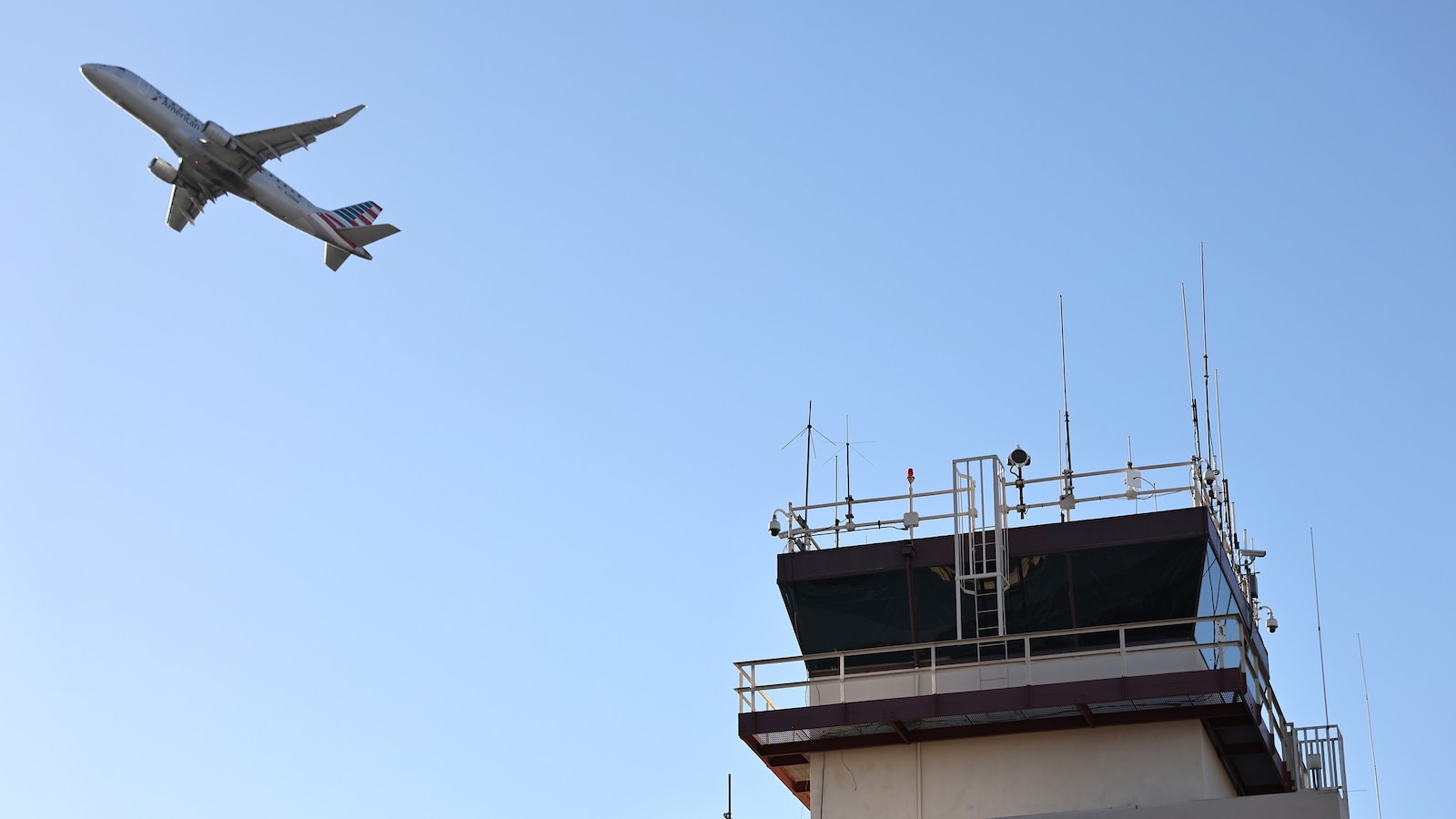A quarter century after the Acela began whisking passengers between Washington, D.C.; New York; and Boston, the Acela’s slightly faster replacement finally began service at the end of August.
But the most obvious upgrade NextGen Acela offers over its predecessor is not speed but shininess.
On the train’s second day of revenue service, I boarded a train in D.C. for a day trip to New York. Standing alongside a previous-gen Acela at Union Station, my train was positively gleaming, and looked just as sharp on the inside.
Then came the ride, which took just as long as previous trips and went no faster. NextGen Acela can hit 160 mph on upgraded track, but my train maxed out at 144 mph on a straightaway north of Princeton, New Jersey, cleared for 160 mph operation.
My return trip on the same tracks, however, topped out at 162 mph—the speed at which France’s TGV debuted in 1981.
Progress on the Northeast Corridor—“NEC” for short—has been like that since before Amtrak took over the route from the bankrupt Penn Central Transportation Co. in 1971. Taking the busiest passenger railroad in North America out of service for a complete rebuild to meet the standards of high-speed lines in other countries has been impossible, but even incremental upgrades have often been left waiting for lack of funding.
And yet the NEC remains the only high-speed line in the U.S.—and it may retain that status at the end of the decade. What Amtrak can make happen on these 450-plus miles of track, then, matters.
How well it can make these improvements happen, in turn, hinges on how well Amtrak and its regulators can drop a sort of American exceptionalism unjustified by past performance and adopt the best practices of high-speed rail elsewhere in the world.
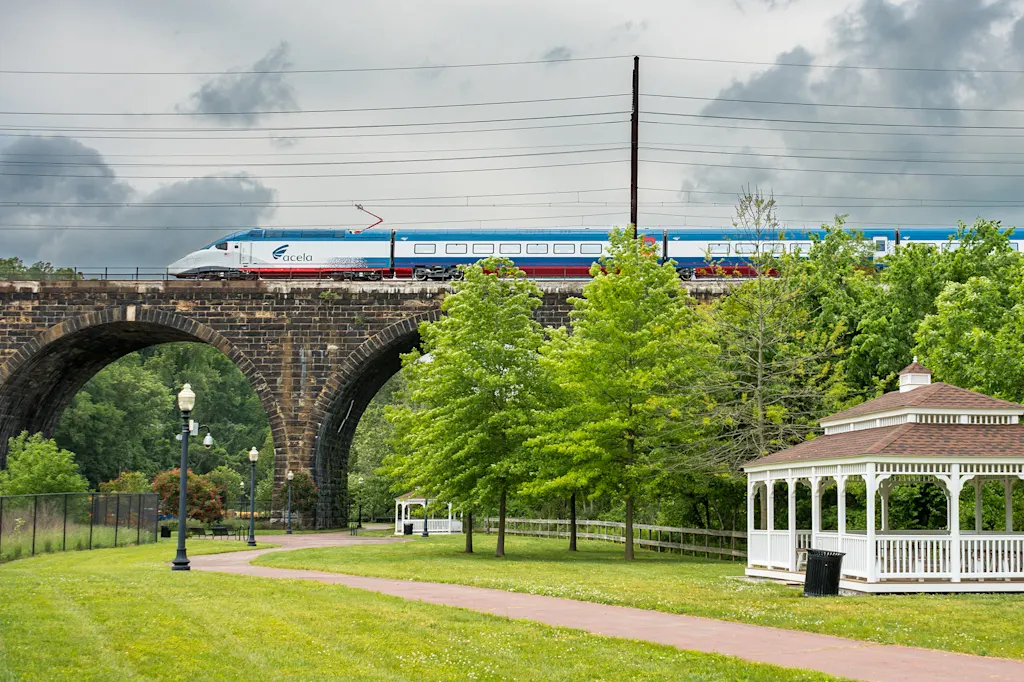 [Photo: Amtrak]
[Photo: Amtrak]Replacing a weary workhorse
The first-gen Acela made a quick impression at its belated debut in 2000. Those 20 trainsets had the sleek look of bullet trains overseas and could hit 150 mph on rebuilt track in Rhode Island and Massachusetts, 140 mph elsewhere.
The Acela grew to become Amtrak’s second-most-used route after the slower Northeast Regional trains that run from Boston to D.C. and then onward to points in Virginia. In fiscal year 2024, the railroad carried 3.2 million passengers. And it has the highest profit margin of any Amtrak route: 36% in fiscal year 2024, yielding $134 million in “adjusted operating earnings.”
But the first-gen Acela also provides a lesson in procurement failure: Amtrak had it built to Federal Railroad Administration (FRA) crash-resistance standards that essentially demanded that a passenger train bash aside a freight train without crumpling—far stricter than those of other countries with impeccable safety records.
That made buying a train already running in Europe or Japan impossible. Instead, Amtrak ordered a custom design from a joint venture between Bombardier and Alstom. The result suffered numerous early breakdowns. The train was so heavy that former Amtrak President Thomas Downs called it a “high-velocity bank vault.”
Liberalized crashworthiness rules allowing basic safety engineering like crumple zones allowed Alstom to adapt EU-spec train designs for NextGen, which it’s building at a factory in Hornell, New York. Each of these 28 trains is longer and carries more passengers—386 seats versus the 304 on first-gen Acela—making for a meaningful increase in capacity.
When Amtrak inked that contract with Alstom in 2016 (valued at $2.45 billion, including NEC upgrades) it predicted that the new trains would enter service in 2021.
They took another four years, during which the old trains grew unreliable enough that Amtrak had to park some to cannibalize for repair parts.
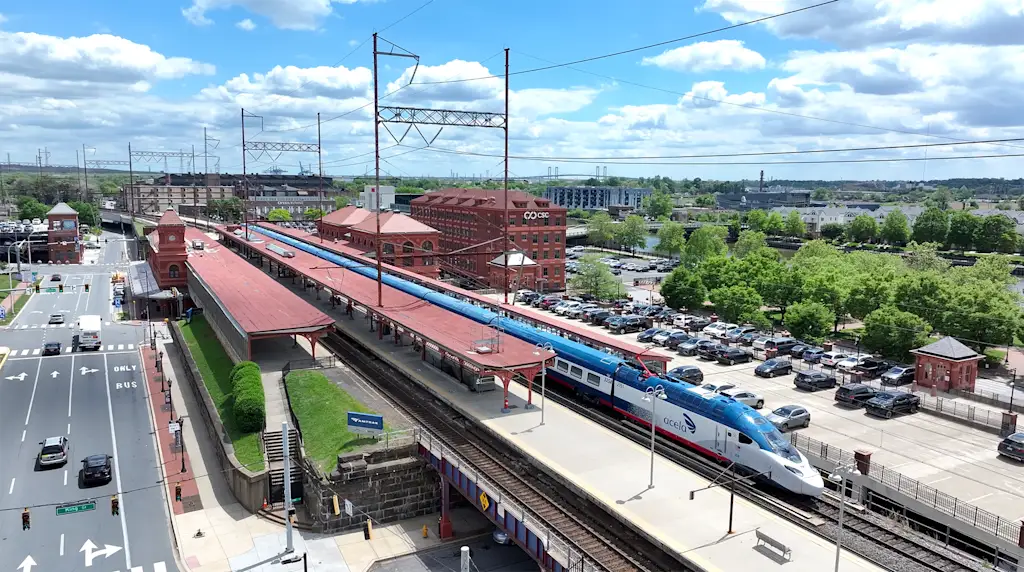 [Photo: Amtrak]
[Photo: Amtrak]In a 2023 report, Amtrak’s inspector general cited Alstom’s struggles to develop a computer model of NextGen’s performance, without which the FRA would not approve the start of testing, and defects in train sets built so far.
At the start of 2025, Amtrak’s site predicted a spring debut, but NextGen Acela needed another few months. Amtrak pointed to the difficulty of meeting FRA testing requirements, which spokeswoman Olivia Irvin says “necessitated continual refinement of Alstom’s analysis, simulations, and testing activities.”
Sean Jeans-Gail, vice president of government affairs and policy for the Rail Passengers Association, a Washington, D.C., nonprofit advocating for better passenger-rail service in the U.S., suggested that the FRA hasn’t quite dropped a not-invented-here mindset: “The FRA is moving towards aligning its specifications with international best practices, but there’s still room for improvement.”
Progress on board—but with some pain
The ride I experienced from D.C. to NYC and back made at least some of that wait seem worth it. Beyond the lack of grime, the ride felt smoother, if not smooth enough to match a high-speed train in Europe or Japan.
But while the legroom and absence of middle seats remain terrific, the seat cushions could benefit from some softening. The seats also don’t recline conventionally; instead, the seat pan and the very lowest part of the seat back slide forward.
Amtrak did fix one annoyance with the old trains: The power outlets rest between each pair of seats instead of in the wall, ending the need to reach across a stranger. They’re accompanied by USB-A ports that Amtrak plans to upgrade to USB-C.
The bathrooms, among the scruffier areas of the Acela, got a high-touch treatment, with powered doors and touchless dispensers for water and soap above the sink.
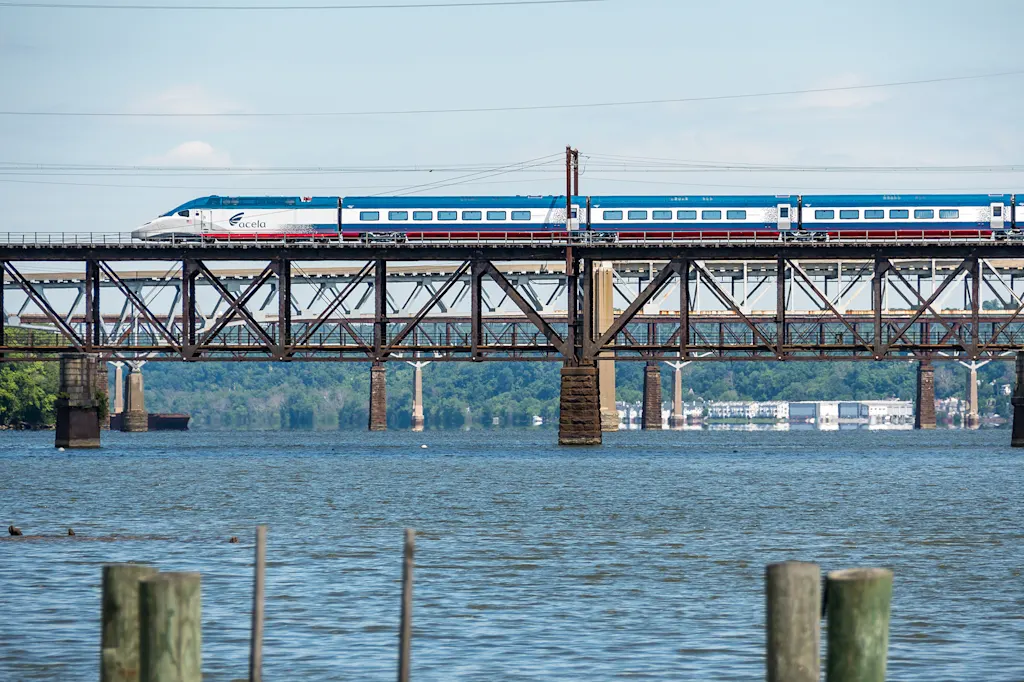 [Photo: Amtrak]
[Photo: Amtrak]The café car, however, lacks any seats. And its grab-and-go refrigerated shelves did not spare anybody from waiting in line: The check-out terminal wasn’t in operation on my ride to New York.
New Acela trains, like the old ones, feature a first-class car, which I used on the ride back by cashing in an upgrade coupon procured with Guest Rewards points. Amtrak’s partnership with Philadelphia-based Starr Restaurants continues to yield surprisingly tasty catering. As on the older train, the seats have no more recline than those in other cars (which Amtrak sells as business class), but one side of this car has only a single row of seats.
Amtrak plans to step up its rollout of NextGen but is now shying away from specifics beyond saying that the new trains will continue to enter service from now through 2027.
New bridges, tunnels, and wires to go with new trains
The view out NextGen’s blissfully grime-free windows included one of the first major projects along the corridor nearing completion—a $2.2 billion bridge in New Jersey’s Meadowlands to replace a 1910-vintage drawbridge that occasionally gets stuck open.
Full-scale construction on two other long-overdue NEC projects will soon begin: a $6 billion tunnel through Baltimore to replace a fossil of a tunnel through which trains creep along at 30 mph, and a $14.8 billion project to dig two new tunnels under the Hudson River to augment the pair that the Pennsylvania Railroad opened between New Jersey and New York in 1910.
A different set of NEC improvements are easier to miss because they don’t involve giant structures over or under rivers. Amtrak has been upgrading the tracks and wires along the NEC to international standards, but more slowly and in fewer places than many railroad experts think appropriate.
The wires that provide electricity to trains are especially important, and especially old: The “Pennsy” wrapped up its initial electrification of the NEC in 1935. Their simple design, in which wires hang from one pole to the next, limits top speeds to 145 mph and risks breakdowns when hot weather causes the wires to expand and sag.
The fastest parts of the NEC feature what’s known as constant-tension catenary, with weights and pulleys to keep wires straight. That’s a standard sight on railroads in other countries, even for slower routes.
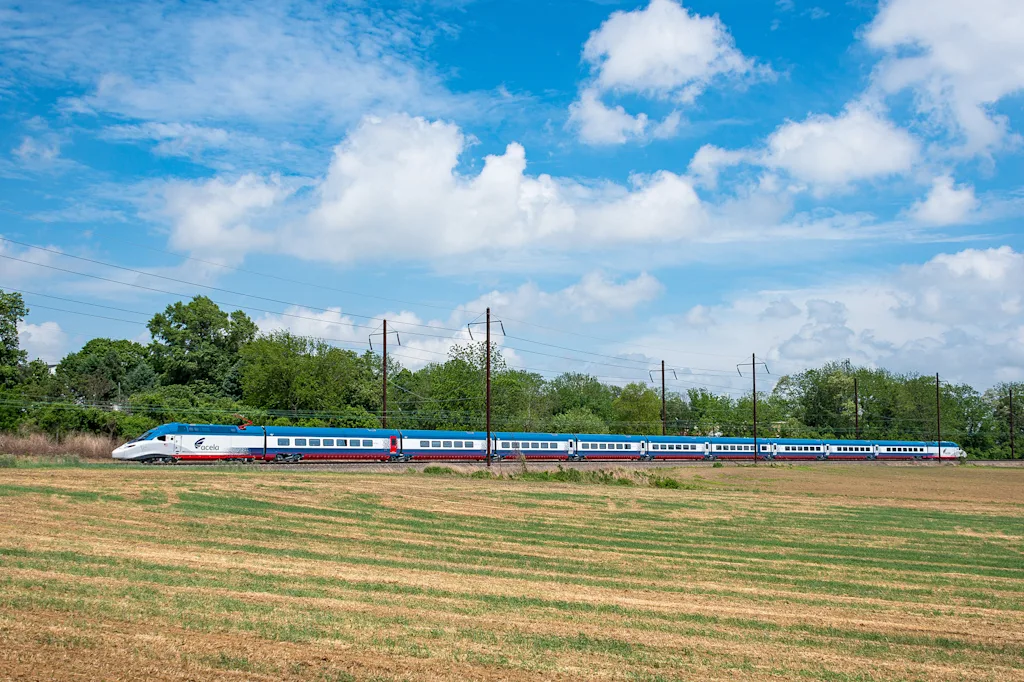 [Photo: Amtrak]
[Photo: Amtrak]“Constant tension is the way to go for both speed and reliability reasons,” says Nolan Hicks, a veteran New York City transportation reporter. He’s the author of an extensive report for New York University’s Transit Costs Project on accelerating regional rail lines by adopting international best practices.
After years of Amtrak reserving this power upgrade as a sort of infrastructure treat for especially straight segments of the corridor, it’s now expanding those bits of constant-tension catenary—notably, extending it from that small 160-mph stretch in New Jersey south to Trenton.
Amtrak also now plans to install this high-speed infrastructure on upcoming bridge replacements, such as one planned over the Susquehanna River in Maryland, and in “other regions where the track alignment can support speeds of 145 mph.”
That’s a notable change, but the railroad isn’t ready to predict faster trip times, saying only that they will “be determined based on infrastructure improvements we will also make along the Corridor.”
An April 2025 Transit Costs Project report outlined $12.5 billion in additional infrastructure—if built at Western European costs, not U.S. costs to date—that could drop travel times from D.C. to NYC and NYC to Boston to an hour and 56 minutes each.
High-speed hopes elsewhere
The work of upgrading the NEC, sometimes one pole and wire at a time, can seem boring compared to next-gen possibilities like magnetic-levitation trains or Elon Musk’s vision of hyperloop vehicles running in a partial vacuum. But maglev trains remain scarce and expensive, while the hyperloop turned out to be vaporware.
Fantasizing about those sci-fi concepts has not sped NEC travel times by a second, but it has been effective at stalling investments in the proven technology of steel wheels on steel rails.
The nation’s most ambitious attempt at building a high-speed rail network from scratch, California High-Speed Rail (CAHSR), has been a victim of that distraction tactic: Musk admitted in 2019 that he hyped hyperloop in part because he hated that project.
California, meanwhile, didn’t help CAHSR by outsourcing most of its management, a consultant-dense strategy that wasted time and money. After surviving one round of attempted Trump-administration funding cancellations (it’s fighting off another), the project has finally been moving management in-house as California has streamlined some environmental permitting regulations.
It’s also working to accelerate construction by adopting international standards that could cut tunneling distances in half. But its newest optimum scenario still has service from San Francisco to the Los Angeles high-desert exurb of Palmdale waiting until 2038 and costing $87.12 billion to build; reaching L.A.’s Union Station would follow years and billions of dollars later.
The much newer Brightline West project, which plans to build a high-speed line from L.A.’s eastern suburbs to Las Vegas, has a simpler and shorter route. But its parent firm faces financing challenges compounded by rising costs that the Department of Transportation now estimates at $21.5 billion.
Jeans-Gail remains optimistic about both projects, but for different reasons.
“I’ll note that the Trump administration, via secretary [Sean] Duffy, has had nice things to say about that project,” he says of Brightline West. As for CASHR: “California is the only state that’s big enough and wealthy enough to even attempt to keep a project of this magnitude going in the face of this kind of schizophrenic federal partnership.”
Putting high-speed rail on a faster track across the U.S. will require change at both the federal level and in states such as Texas, where elected leaders have sometimes treated passenger rail as socialism on steel wheels. But railroads and rail authorities would help their own cause if they could simply steal the best ideas of other countries instead of trying to be American originals.
Meanwhile, an Acela of any generation may not travel nearly as fast as the trains in these plans and in those other lands. But it does have the advantage of running on rails today.
The extended deadline for Fast Company’s Most Innovative Companies Awards is this Friday, October 10, at 11:59 p.m. PT. Apply today.
.png)

